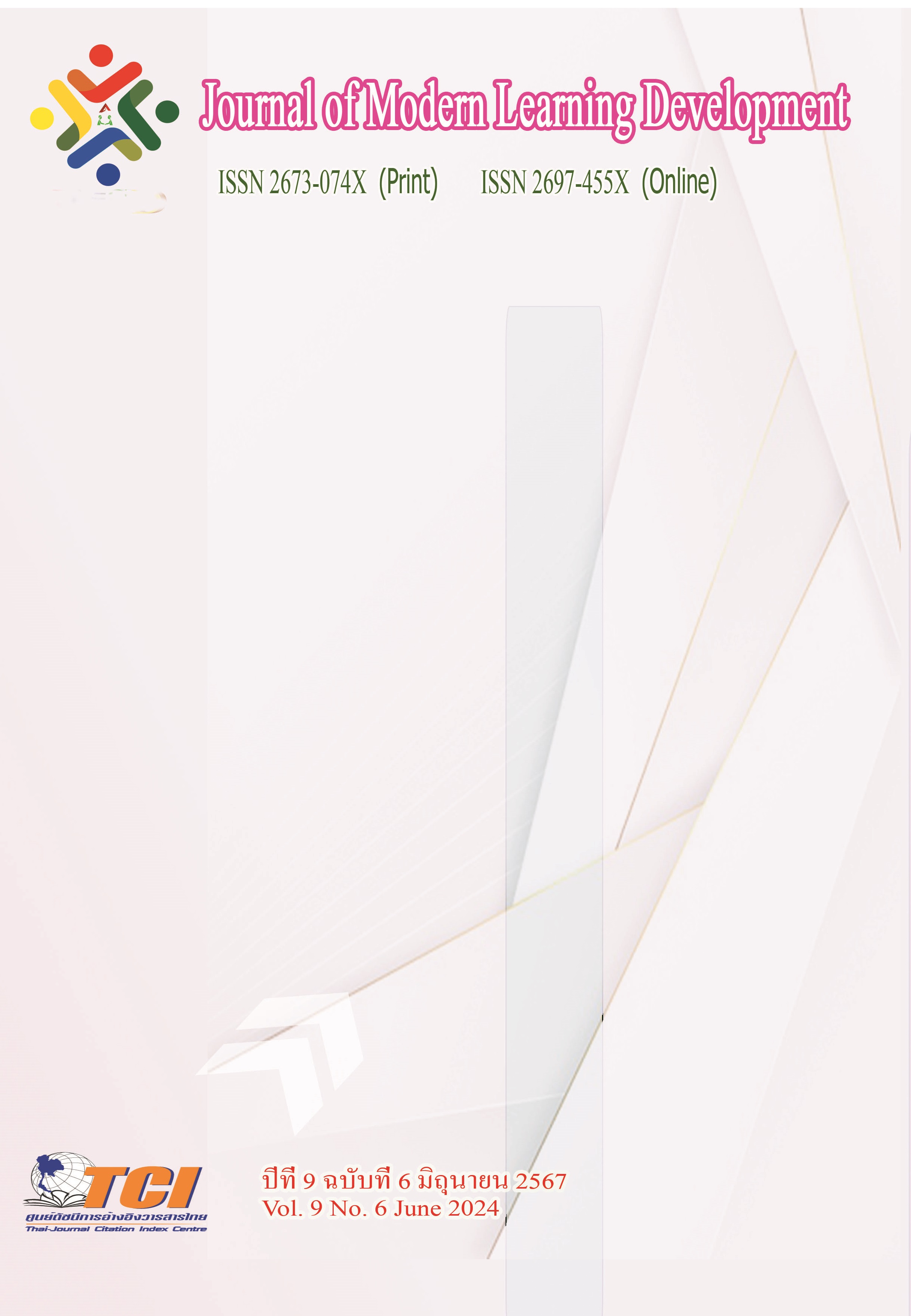The Impact of Gender Diversity of Board of Directors on Enterprise Performance: the Intermermediary Role Based on Innovation Ability
Main Article Content
Abstract
With the increasing participation of women in the business and social fields, the issue of gender diversity in corporate governance on the board of directors has received increasing attention. This article is mainly based on the high-order echelon theory and resource dependence theory, focusing on the impact of board gender diversity on corporate performance. Using large sample empirical data of A-share listed companies in Shanghai and Shenzhen from 2012 to 2017, and using Stata statistical software, descriptive statistical analysis, correlation analysis, regression analysis and other methods, empirical analysis was conducted. Through empirical analysis, two main aspects of research were carried out: (1) The main effect analysis of board gender diversity on corporate performance. (2) An analysis of the mediating effect of corporate innovation capability between board gender diversity and corporate performance. The research results indicate that: (1) Gender diversity in the board of directors has a significant promoting effect on corporate performance. (2) The innovation capability of enterprises partially mediates the relationship between board gender diversity and corporate performance.
Article Details
References
Adams, R. B., & Ferreira, D. (2009). Women in the boardroom and their impact on governance and performance. Journal of financial economics. 94 (2), 291-309.doi: 10.2139 /ssrn. 1107721.
Baron R M., Kenny D A. (1986). The Moderator Mediator Variable Distinction in Social Psychological Research: Conceptual, Strategic, and Statistical Considerations. Journal of Personality and Social Psychology. 51 (6),1173-1182.doi.org/10.1037/0022-3514. 51.6.1173
Camisón, C., & Villar-López, A. (2014). Organizational innovation as an enabler of technological innovation capabilities and firm performance. Journal of business research. 67 (1), 2891-2902. doi:10.1016/j.jbusres.2012.06.004.
Campbell, K., & Mínguez-Vera, A. (2008). Gender diversity in the boardroom and firm financial performance. Journal of business ethics. 83, 435-451.doi: 10.1007/s10551-007-9630-y.
Carter, D. A., Simkins, B. J., & Simpson, W. G. (2003). Corporate governance, board diversity, and firm value. Financial review. 38 (1), 33-53.https://doi:10.1111/1540-6288.00034.
Chen Baojie (2015). The Impact of Female Participation in Executive Teams on Innovation Performance of Enterprises: An Empirical Analysis from Chinese SME Board Listed Companies. Technological Progress and Countermeasures. 32 (5), 146-150.
Chu Deyin and Liu Wenlong (2021). Government innovation subsidies, corporate culture, and innovation performance. Economic Management. 43 (2), 71-87.
Chu Shuzhen and Du Lanna (2017). Research on the Relationship between Innovation Input, Innovation Output, and Enterprise Innovation Performance Based on CDM Model - Taking Listed Pharmaceutical Manufacturing Companies as an Example. Industrial Technology and Economics. 36 (07), 136-142.
Gu Xiaoyan, Xue Pingping, and Zhu Weiwei (2021). The technological innovation effect of intellectual property protection: quantitative or qualitative change. China Science and Technology Forum. (10), 31-39.
Hambrick, D. C., & Mason, P. A. (1984). Upper echelons: The organization as a reflection of its top managers. Academy of management review. 9 (2), 193-206. doi: 10.2307/25 8434.
Hillman, A. J., Cannella, A. A., & Paetzold, R. L. (2000). The resource dependence role of corporate directors: Strategic adaptation of board composition in response to environmental change. Journal of Management studies. 37 (2), 235-256.doi:10.1111/ 1 467-6486.00179.
Huang Qin, Huang Hanbing, and Luo Hongmian (2016). An Empirical Study on the Relationship between Corporate Performance and Female Directors Based on EVA - Evidence from 1124 Listed Companies in China. Business managers. (16), 2.
Li Jing, He Xiaogang, Mao Jian (2010). Kinship, innovation ability, and corporateperforma nce. Nankai Management Review. (03), 117-124
Li Wenjing and Zheng Manni (2016). Substantive innovation or strategic innovation—The impact of macro industrial policies on micro enterprise innovation. Economic Resear ch. (04), 60-73.
Liu Xiaoqing and Chen Xiangdong (2010). Research on the Motivation of Foreign Rights Owners for Patent Applications in China. Journal of Beihang University (Social Sciences Edition). 23 (06), 65-68+76.
Miller, T., & del Carmen Triana, M. (2009). Demographic diversity in the boardroom: Mediators of the board diversity–firm performance relationship. Journal of Management studies. 46 (5), 755-786.doi:10.1111/j.1467-6486.2009.00839.x.
Olson, B. J., Parayitam, S., & Twigg, N. W. (2006). Mediating role of strategic choice between top management team diversity and firm performance: Upper echelons theory revisited. Journal of Business & Management. 12 (2).doi:10.26686/wgtn.17139722.
Smith, N., Smith, V., & Verner, M. (2006). Do women in top management affect firm performance? A panel study of 2,500 Danish firms. International Journal of productivity and Performance management. 55 (7), 569-593.doi:10.2139/ssrn.17285 72.
Torchia, M., Calabro, A., Gabaldon, P., & Kanadli, S. B. (2018). Women directors contribution to organizational innovation: A behavioral approach. Scandinavian Journal of Management. 34 (2), 215-224.doi:10.1016/j.scaman.2018.02.001.
Wen Zhonglin, Zhang Lei, Hou Jietai, et al. (2004). The mediation effect testing program and its application. Journal of Psychology. 36 (5), 614-620.
Zeng Ping and Wu Qihong (2012). The Impact of Female Executive Participation on Technological Innovation in Enterprises: An Empirical Study Based on ChiNext Enterprises. Scientific Research. (5), 773-781.


